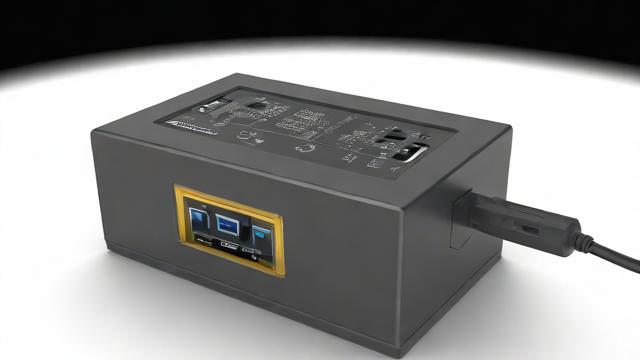How to say charger transformer in English?
Charger and Transformer: Definitions, Differences, and Applications

In the realm of electrical devices, chargers and transformers are two fundamental components that play distinct roles. Understanding their differences, functions, and applications is crucial for anyone working with or using electronic equipment. This article delves into the intricacies of chargers and transformers, providing a comprehensive overview of their definitions, key differences, and practical uses.
Definitions
1、Charger: A charger is an electrical device designed to recharge batteries by converting alternating current (AC) from a power source into direct current (DC). It ensures that the battery receives the appropriate voltage and current levels necessary for safe and efficient charging.
2、Transformer: A transformer is a static electrical device that transfers electrical energy between two or more circuits through electromagnetic induction. It can either step up (increase) or step down (decrease) the voltage level of an AC signal while maintaining the frequency.
Key Differences
| Feature | Charger | Transformer |
| Function | Converts AC to DC for battery charging | Transfers electrical energy between circuits, changes voltage levels |
| Input/Output | Takes AC input and provides DC output | Takes AC input and provides AC output at different voltage levels |
| Components | Typically includes a transformer, rectifier, filter, and regulator | Consists of primary and secondary windings wound around a magnetic core |
| Purpose | To recharge batteries safely and efficiently | To adapt voltage levels for various electrical appliances and systems |
| Energy Conversion | Converts electrical energy form (AC to DC) | Transfers energy without significant conversion, mainly changes voltage |
Applications
Chargers find extensive use in everyday life, powering a myriad of portable electronic devices such as smartphones, laptops, tablets, and electric vehicles. They ensure that these devices' batteries are charged properly, preventing overcharging or undercharging, which could damage the battery or reduce its lifespan.
Transformers, on the other hand, have diverse applications across industries and households. In power distribution systems, they are used to step up voltage for efficient longdistance transmission and then step it down for safe domestic and industrial use. Transformers are also found in audio equipment, where they match impedances between speakers and amplifiers, ensuring optimal sound quality.

FAQs
Q1: Can a charger work without a transformer?
A: While it is theoretically possible to design a charger without a traditional transformer, using alternative methods like switching power supplies or capacitorbased chargers, transformers are commonly included due to their simplicity, reliability, and ability to provide isolation between the input and output. Transformers help regulate voltage and protect against electrical shock, making them a preferred choice in many designs.
Q2: How does a transformer affect the efficiency of a charger?
A: A transformer itself introduces some energy loss primarily due to copper losses (resistive heating in the windings) and iron losses (hysteresis and eddy current losses in the core). However, when designed and constructed efficiently, these losses can be minimized. The overall efficiency of a charger depends not only on the transformer but also on other components like the rectifier, filter, and regulator. Modern chargers often incorporate advanced technologies and materials to enhance efficiency, achieving high conversion rates with minimal energy wastage.
作者:豆面本文地址:https://www.jerry.net.cn/articals/28303.html发布于 2025-02-06 15:46:27
文章转载或复制请以超链接形式并注明出处杰瑞科技发展有限公司
